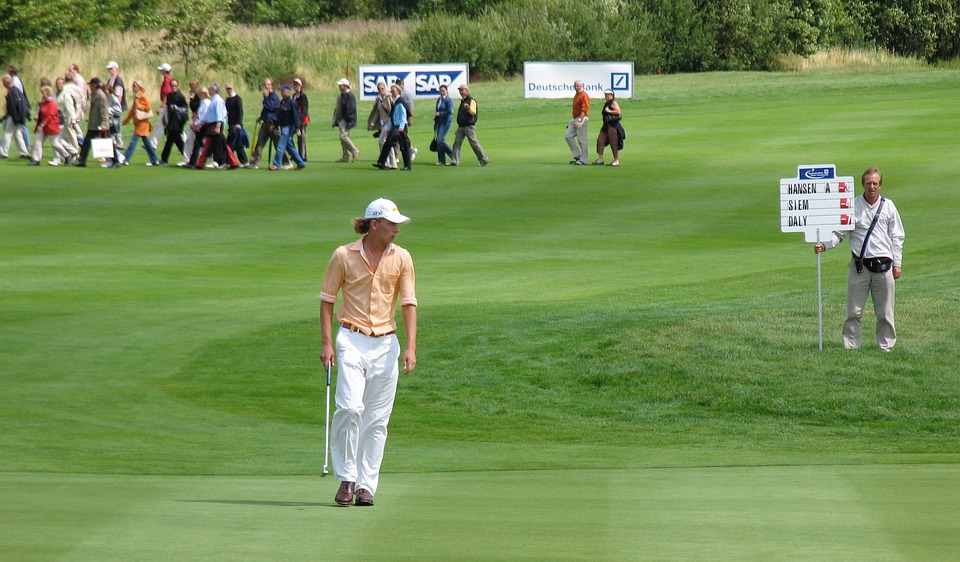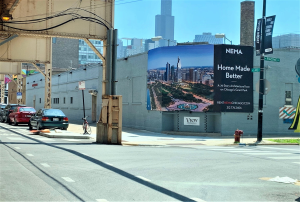In a world saturated with digital noise and fleeting attention spans, marketers are constantly looking for unique, high-impact environments to place their brand message. One such overlooked yet highly valuable arena is the golf course. Golf club advertisement strategies are gaining traction for their ability to place brands in front of affluent, focused, and emotionally engaged audiences.
But what truly makes golf club ads stick in consumers’ minds? The answer lies in neuroscience. Understanding how the brain processes information on the course can help marketers craft ads in golf clubs that not only get noticed but also remembered—and acted upon.
In this blog, we’ll explore the neuroscience behind brand recall in golf club advertisement, why it works, and how marketing professionals can tap into this unique ad medium for maximum ROI.
Golf Club Advertisement: Why Golfers Remember More
The Power of Environment on Brain Retention






